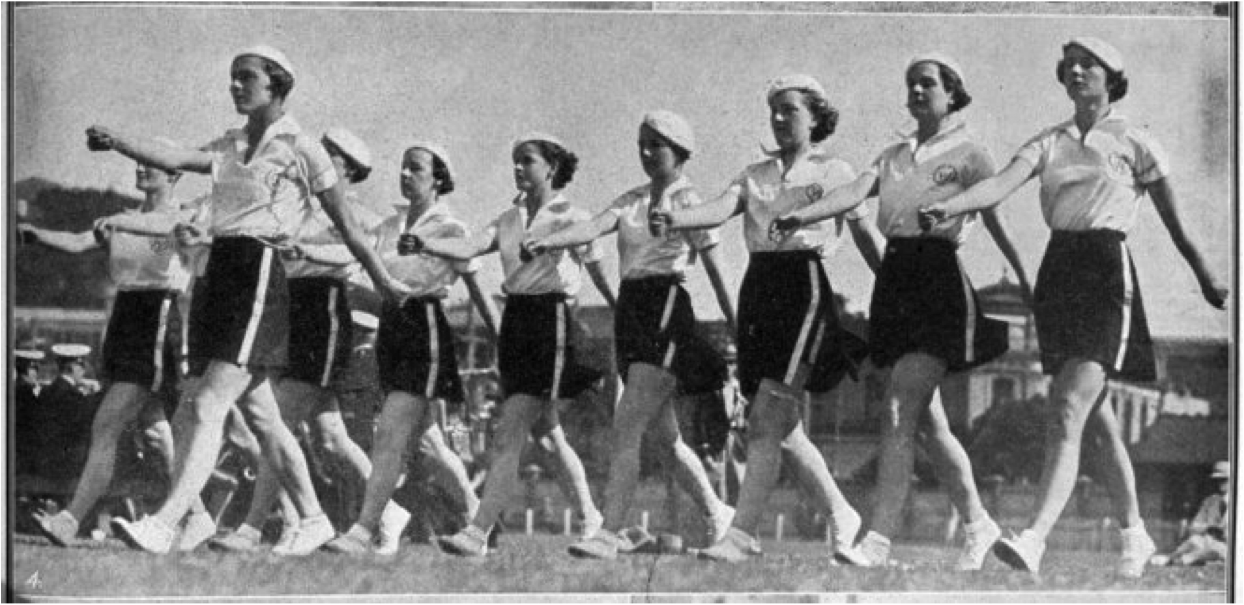The Save the Basin Campaign today named its preferred candidates for Wellington Mayor and other local body positions, based on responses received to a survey sent to all candidates. In alphabetical order, the mayoral candidates who are most likely to realise Save the Basin’s vision for the Basin Reserve and environs are Jenny Condie, Norbert Hausberg, Conor Hill and Justin Lester.
The recommendations were based on candidates’ responses to three questions:
1. What is your vision for Wellington City’s Basin Reserve and immediate environs (including the issue of a possible second Mt Victoria tunnel)?
2. How do you see the work of ‘Let’s Get Welly Moving’ impacting your vision for the Basin?
3. What do you intend to do, if elected, to promote your vision for the Basin and see it realised?
Save the Basin also recommended candidates for Wellington City Council, Greater Wellington Regional Council and Capital and Coast District Health Board, based on responses received.
Commenting on the results, Save the Basin Campaign spokesperson Tim Jones said: “We’re pleased with the level of support expressed by most candidates for the Basin Reserve as a vital asset for Wellington. That’s a big shift from many candidates’ attitudes only a couple of elections back.”
“The main difference between the candidates who responded to our questionnaire is their attitude to whether a second Mt Victoria tunnel should be built, and if so, what it should be used for. Save the Basin opposes the construction of a second Mt Victoria road tunnel because it would significantly increase traffic, including heavy traffic, in the area of the Basin Reserve, and because we think that increasing road capacity is the wrong thing to do in a climate emergency.”
“So we have not recommended candidates who advocate bringing a second Mt Victoria road tunnel or other roading projects forward in Wellington’s transport plans. Save the Basin believes that we should put walking, cycling and other forms of active transport first, improve bus priority, and build a modern, efficient mass transit system. Let’s do all that and give it a chance to work before we consider spending any more money on new road capacity,” said Mr Jones.
“We know that candidates receive a lot of questionnaires,” said Mr Jones, “and that it’s tough finding time to fill them out, so we thank those candidates who did. We encourage voters to check out all the candidates and their policies.”
List of candidates recommended by Save the Basin on the basis of questionnaire responses received
Wellington City Council
Mayoralty
Jenny Condie
Norbert Hausberg
Conor Hill
Justin Lester
Wharangi/Onslow-Western Ward
Conor Hill
Richard McIntosh
Rebecca Matthews
Takapū/Northern Ward
Jenny Condie
Pukehīnau/Lambton Ward
Iona Pannett
Paekawakawa/Southern Ward
Fleur Fitzsimons
Laurie Foon
Humphrey Hanley
Motukairangi/Eastern Ward
Sarah Free
Wellington Regional Council
Pōneke/Wellington Constituency
Roger Blakeley
Yvonne Legarth
Tony de Lorenzo
John Klaphake
Thomas Nash
Daran Ponter
Helene Ritchie
Te Awa Kairangi ki Tai/Lower Hutt Constituency
Peter Glensor
Ken Laban
Josh van Lier
Porirua-Tawa Constituency
Phillip Marshall
Roger Watkin
Wairarapa Constituency
Adrienne Staples
Capital & Coast District Health Board
Roger Blakelely
Eileen Brown
Sue Kedgley
